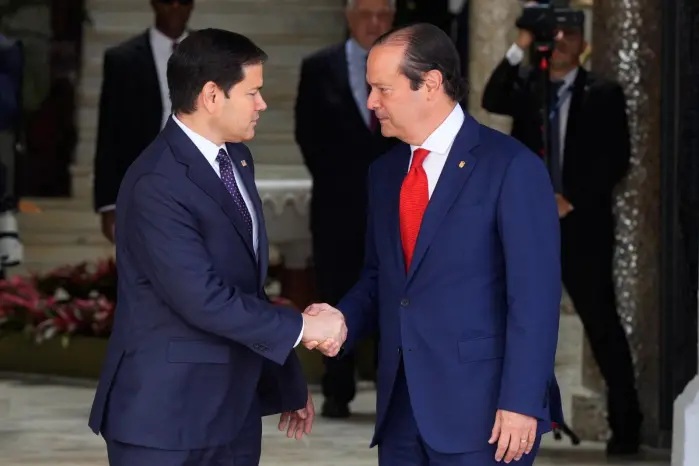Noise bound Panama ignores world noise day.


From the sidelines
Monday April 12 marked the International Day of Noise Awareness but it was ignored by Panama.
Many countries created activities to focus attention on this serious environmental problem. Panama, where noise levels constantly exceed established safety levels and have become a threat to health. didn’t hear the call? Research shows that that 80% of noise in the city "peak hours" is due to vehicular traffic.

Not surprising to anyone who has stood on a sidewalk while raging diablos rojos grind their gears, and underserviced dump trucks roar by; both groups giving bystanders a double whammy of carcinogenic diesel fumes, and one more step towards deafness, or to be politically correct becoming "hearing impaired".
Add to this motor cycles with sound baffles removed ,cars with cracked exhaust pipes and sports car drivers revving up to impress the crowd, and a day at a Formula 1 event begins to sound like a quiet picnic.
La Prensa reports that scientific studies made by both the University of Panama (UP) and by the Technological University of Panama (UTP) indicates that city noise limits the 70 decibel (db) levels established by the World Health Organization.
Both studies suggest that the noise reaches 80 db even in areas near hospitals.
The most common effects of noise are stress, loss of hearing, sleep disturbances and loss of concentration.
But this doesn’t seem to worry nursing staff at the Santo Tomas hospital or lawyers who inhabit the College of Lawyers, on the street next to the hospital. The nurses recently held a jamboree on the street where a sign warns drivers against noise. Giant speakers played loud music throughout the day, which presumably could be heard by patients and staff inside the hospital as well as local residents, two blocks away.

The College of Lawyers outdid the nurses during their own presidential election campaign, by posting a live band in front of their stately building, hopefully sound proofed, throughout Election Day.
Then there are the building sites where construction noises often go on late into the night, breaking the law, but no one seems to care, except the neighbors.
And of course we can’t leave out the seasonal noise provided by Mayor Bosco Vallarino during his violation of the Cinta Costera, and neighboring ear drums during his disastrous Christmas festival.
And then the noise, booze and sex fest they call Carnaval, which faces an annual battle with NIMBY residents who don’t want it in their back yard .
In the pink district, Calle Uruguay noise drowns out the whispered streetside drug trading. Local residents of Uruguay complain that sometimes the noise makes apartment windows vibrate, leaving them unable to sleep, despite being on the upper floors, with windows closed and air conditioners on.
 Current rules governing of noise are ambiguous and do not include sound in enclosed areas or near hospitals, schools, nursing homes or workplaces.
Current rules governing of noise are ambiguous and do not include sound in enclosed areas or near hospitals, schools, nursing homes or workplaces.
There is an estimated an annual loss of 0.2% of gross domestic product due to the effects of noise on people in each of the countries forming the European Union (EU).
In 2008, Panama’s GDP exceeded $20 billion. Applying the estimate of the EU, noise costs Panamana about $40 million dollars, says the consulting firm ITS Integrated Technical Services (an engineering firm specializing in environmental management).
A draft standard emission and noise quality program chaired by the National Environmental Authority is under discussion.
Among the possibilities are the prohibition of eqipment generating noise above the accepted limits and the use of loud music in public and private areas.
The use of instruments during f cultural, sporting, religious, political, fairs, carnivals and fiestas would require prior permission from the competent authority.
And there would be penalties. Who would enforce them? The same people who allow overnight noise on construction sites?
Much easier to round up and jail protesters who block traffic. {jathumbnail off}





